The Importance of Talent Identification
From Derek Daly's "Race to Win"

Derek Daly is one of today's most dynamic and authentic international speakers, using the teaching power of a unique sports platform. His high-impact keynote speeches have influenced, inspired, and empowered multiple global organization. His professional racing career spanned seventeen years, he was a motorsports color analyst for ESPN for ten years, and his experiences are nothing short of breathtaking. In this excerpt from Race to Win, Daly talks about two types of driving talent—and a few people who had both types!
Talent identification is the very foundation of accurate driver development. What type of driving talent were you born with: instinct-reflex talent, feel-sensitive talent, or a combination or both?
Instinct-reflex talent is a driver who can drive the wheels off anything he gets into. Whatever speed the car can go, he will make it go that speed. This would be a Lewis Hamilton, Tony Kanaan, Juan Montoya, A. J. Almendinger, or a Kimi Raikkonen. These drivers are not known for strong technical feedback. The driver is too busy driving hard and fast to feel what the car is doing, and therefore the driver does not lead the team technically.
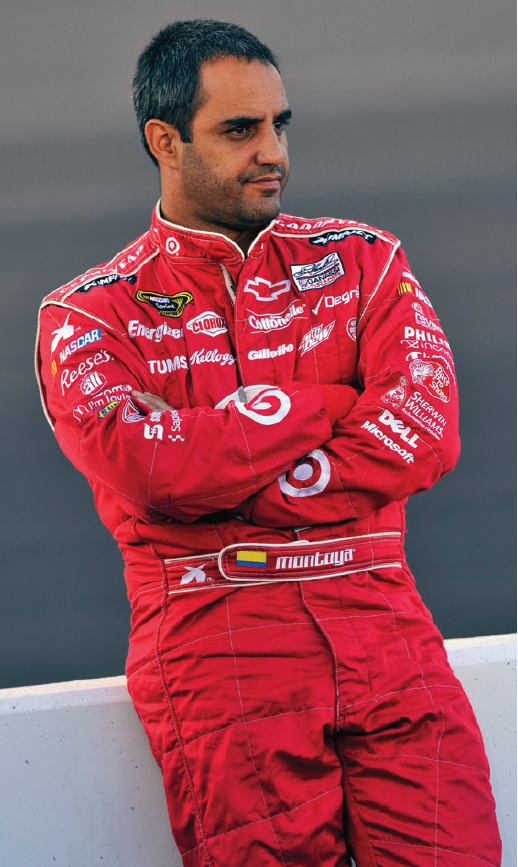
Daly believes that Montoya may be the fastest driver he has ever seen. However, his built-in restrictor is that he is a pure instinct-reflex driver who depends on engineers and teammates to provide him with the right set ups. LAT
The feel-sensitive type of talent is a driver who can feel what the car does and can engineer the car to go faster. This would be Mario Andretti, Bobby Unser, Gil DeFerran, Alex Zanardi, Jensen Button, or Jeff Gordon. These drivers can take bad cars and accurately identify the right changes necessary to engineer the car to go faster.
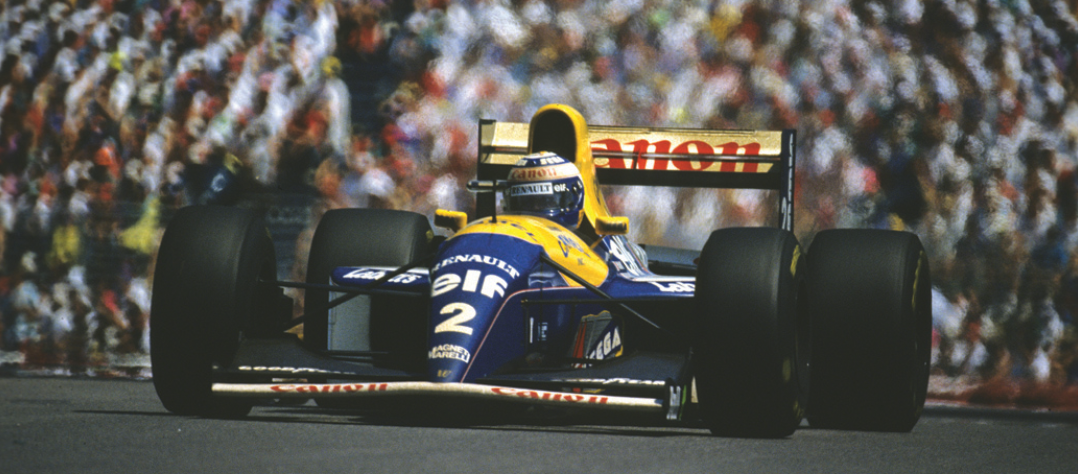
Part of Alain Prost’s greatness was his ability to be mechanically sympathetic with the car. He won his fourth world championship in a superior car that he helped develop. LAT
Instinct-reflex drivers have nerve endings that are on fire and every fiber of their bodies are fully charged and ready to be unleashed as soon as they put a helmet on.
For the feel-sensitive driver, it’s always a fine line between trying to get the perfect setup and just going out and doing it. The real magic for a team manager is to understand this principle and have one of each on the team.
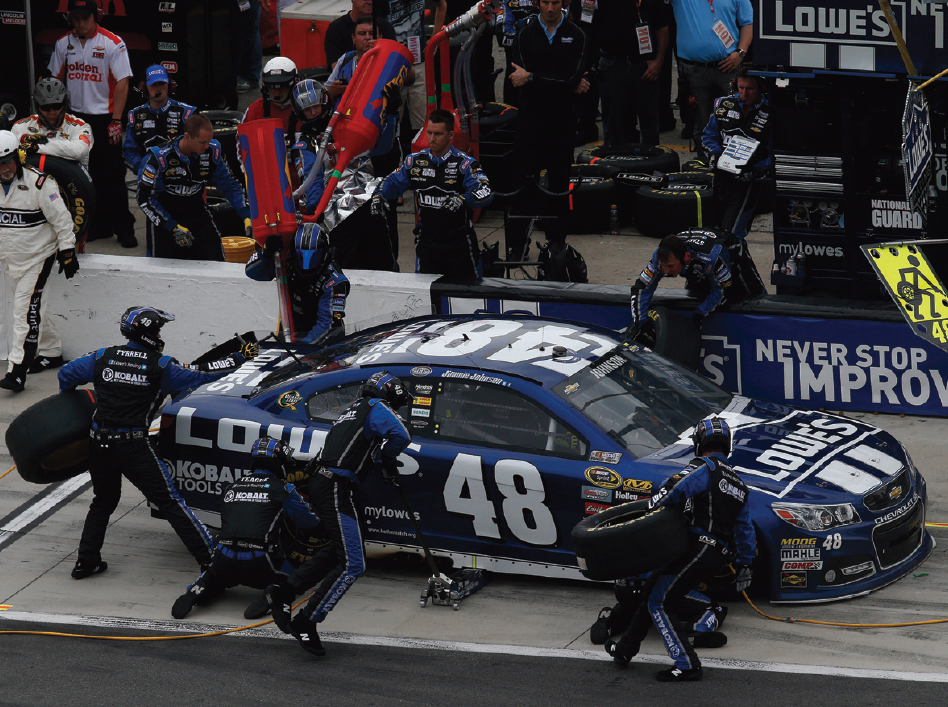
During Jimmie Johnson’s pit stops he can order specific changes that keep making his car faster relative to the changing conditions. LAT
Some drivers can develop the magical combination of both—feel-sensitive and instinct-reflex. This is when you have the ability to engineer a car to go faster, but when the chips are down, and the conditions are perhaps not favorable with the car just not to your liking, you are still able to drive it as fast as it can go despite the problems. This might be a Michael Schumacher, Fernando Alonso, Sebastian Vettel, Will Power, Mario and Michael Andretti, Alain Prost, Jackie Stewart, Sebastian Bourdais, and Jimmy Johnson. Notice that these names are all multiple-time champions.
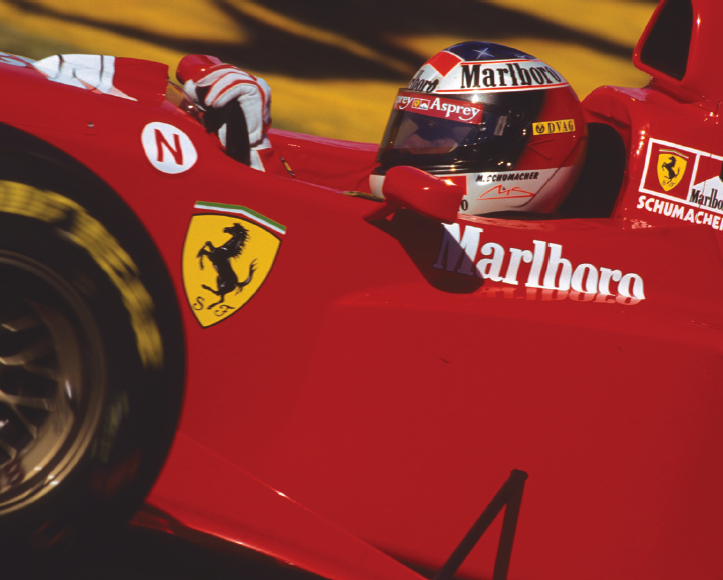
Michael Schumacher had a thorough understanding of the technical side of race cars and had the ability to pull out the magic lap when needed, particularly in Monaco—a race he won five times. LAT
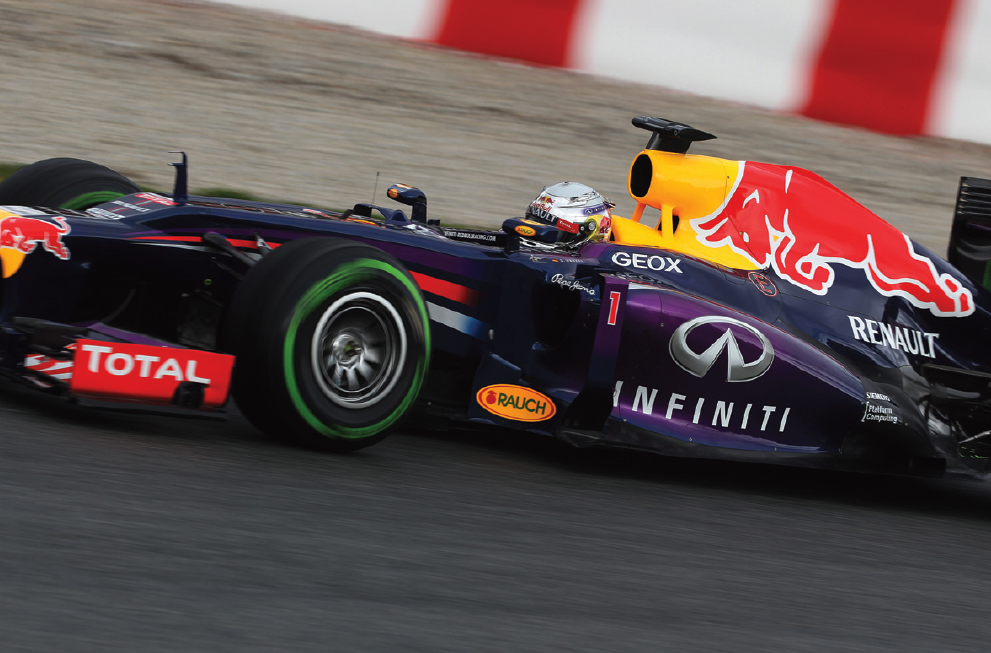
Sebastian Vettel’s podiums come because he is the complete package—perhaps the youngest ever complete package. LAT
Talent identification is the very foundation of accurate driver development. What type of driving talent were you born with: instinct-reflex talent, feel-sensitive talent, or a combination or both?
Instinct-reflex talent is a driver who can drive the wheels off anything he gets into. Whatever speed the car can go, he will make it go that speed. This would be a Lewis Hamilton, Tony Kanaan, Juan Montoya, A. J. Almendinger, or a Kimi Raikkonen. These drivers are not known for strong technical feedback. The driver is too busy driving hard and fast to feel what the car is doing, and therefore the driver does not lead the team technically.

Daly believes that Montoya may be the fastest driver he has ever seen. However, his built-in restrictor is that he is a pure instinct-reflex driver who depends on engineers and teammates to provide him with the right set ups. LAT
The feel-sensitive type of talent is a driver who can feel what the car does and can engineer the car to go faster. This would be Mario Andretti, Bobby Unser, Gil DeFerran, Alex Zanardi, Jensen Button, or Jeff Gordon. These drivers can take bad cars and accurately identify the right changes necessary to engineer the car to go faster.

Part of Alain Prost’s greatness was his ability to be mechanically sympathetic with the car. He won his fourth world championship in a superior car that he helped develop. LAT
Instinct-reflex drivers have nerve endings that are on fire and every fiber of their bodies are fully charged and ready to be unleashed as soon as they put a helmet on.
For the feel-sensitive driver, it’s always a fine line between trying to get the perfect setup and just going out and doing it. The real magic for a team manager is to understand this principle and have one of each on the team.

During Jimmie Johnson’s pit stops he can order specific changes that keep making his car faster relative to the changing conditions. LAT
Some drivers can develop the magical combination of both—feel-sensitive and instinct-reflex. This is when you have the ability to engineer a car to go faster, but when the chips are down, and the conditions are perhaps not favorable with the car just not to your liking, you are still able to drive it as fast as it can go despite the problems. This might be a Michael Schumacher, Fernando Alonso, Sebastian Vettel, Will Power, Mario and Michael Andretti, Alain Prost, Jackie Stewart, Sebastian Bourdais, and Jimmy Johnson. Notice that these names are all multiple-time champions.

Michael Schumacher had a thorough understanding of the technical side of race cars and had the ability to pull out the magic lap when needed, particularly in Monaco—a race he won five times. LAT

Sebastian Vettel’s podiums come because he is the complete package—perhaps the youngest ever complete package. LAT



